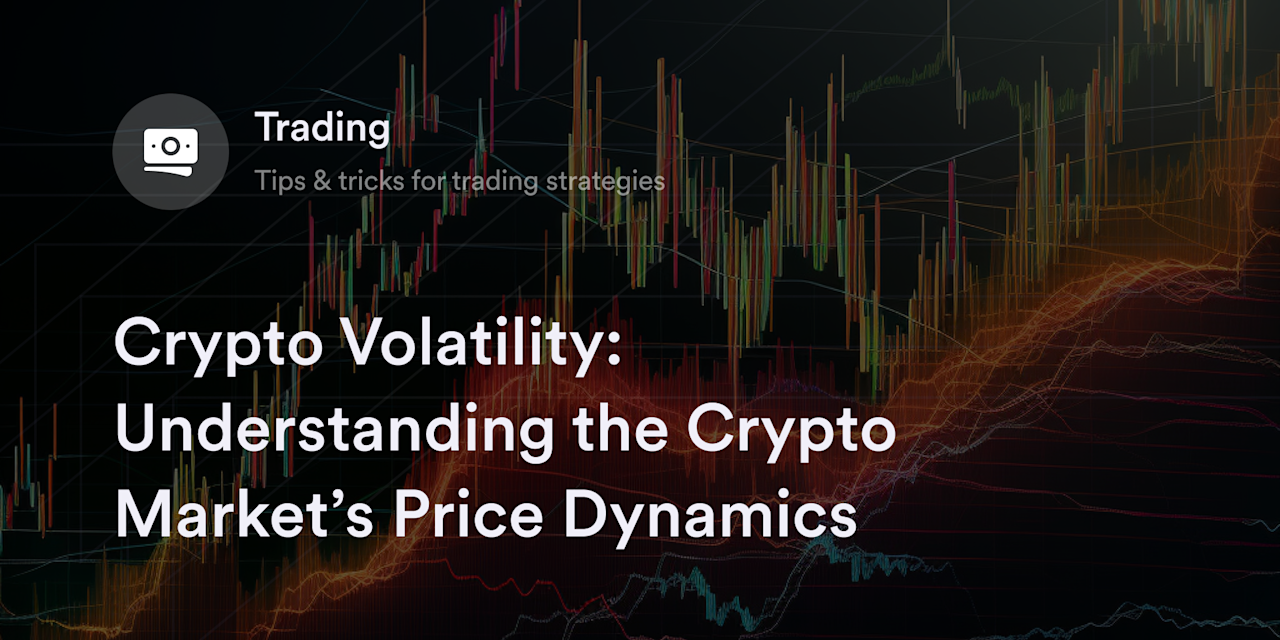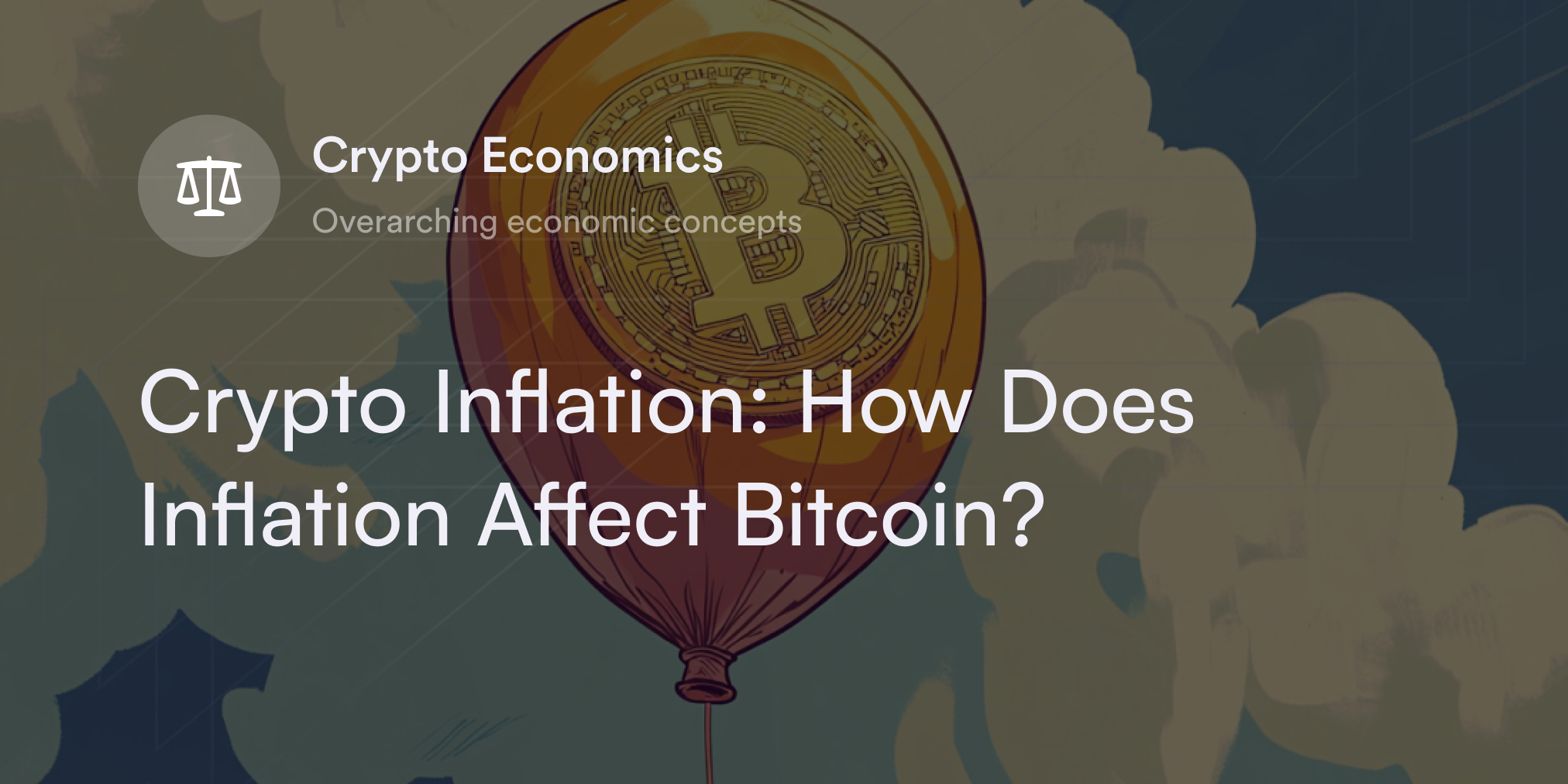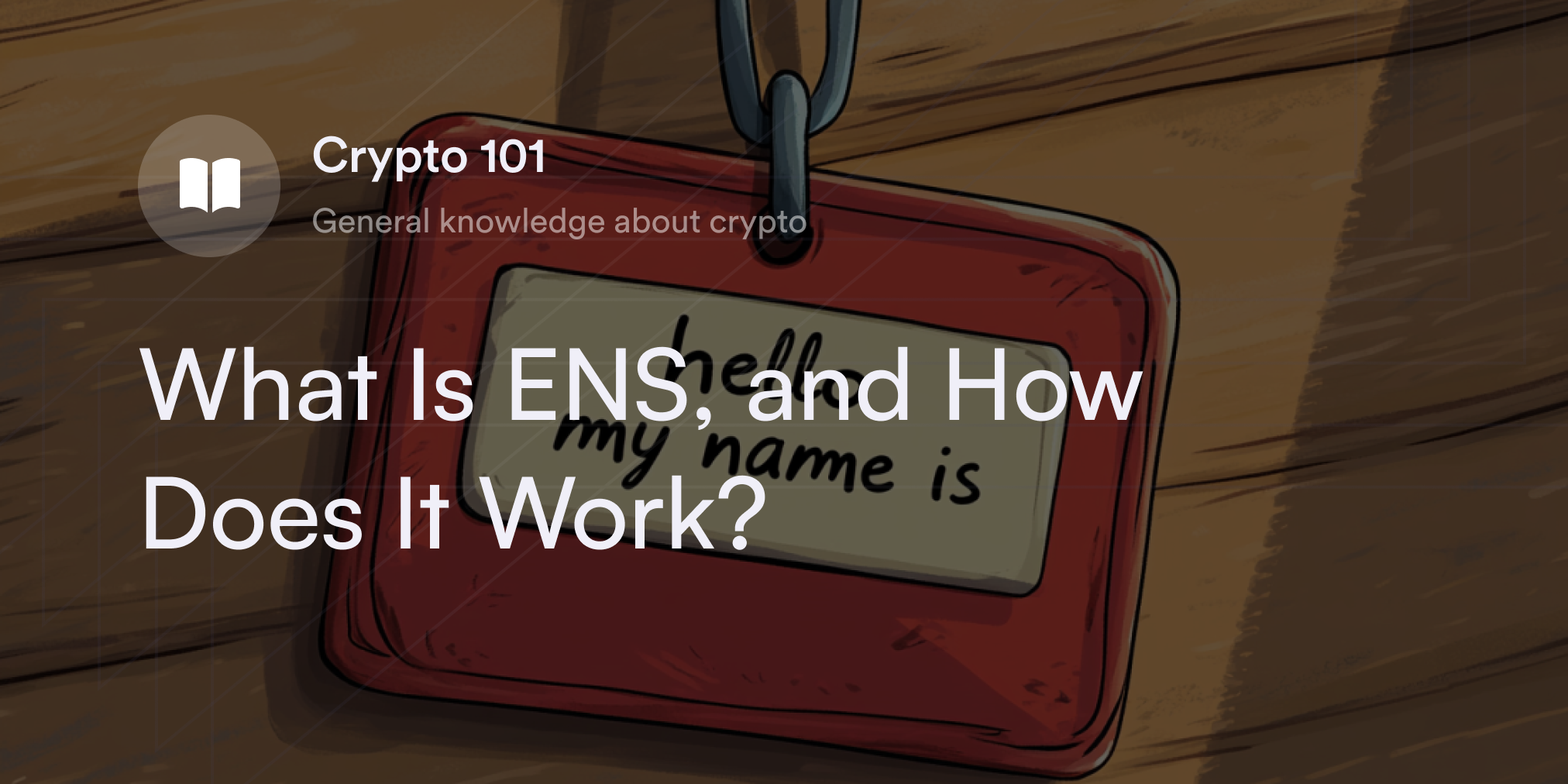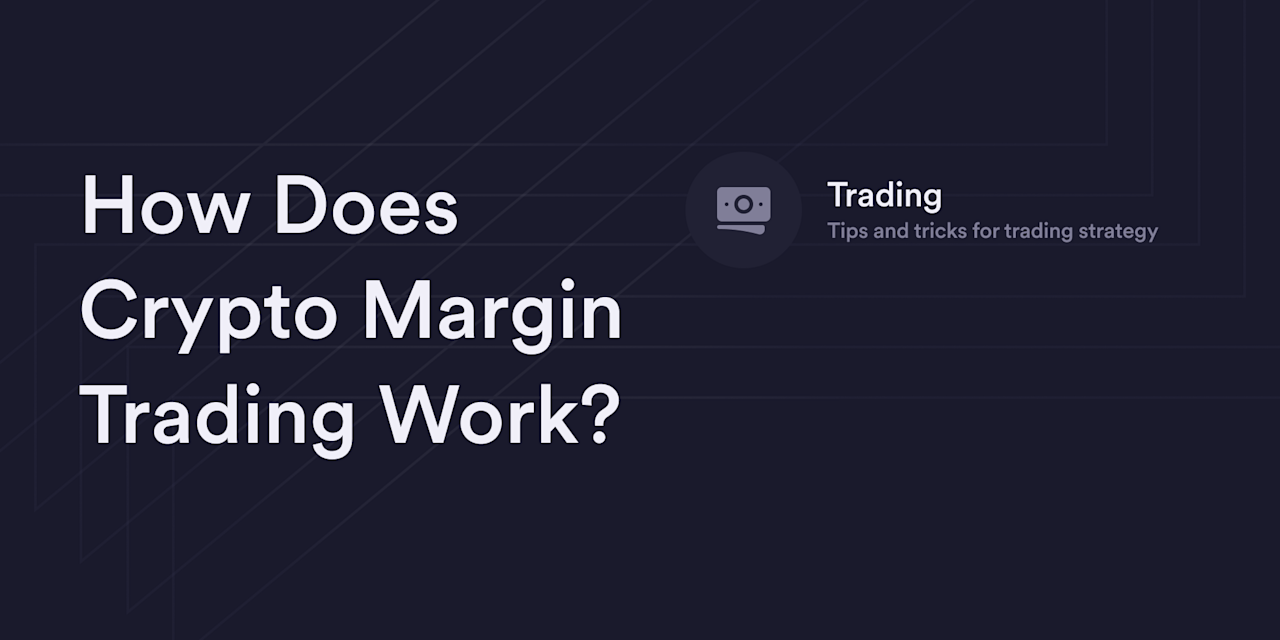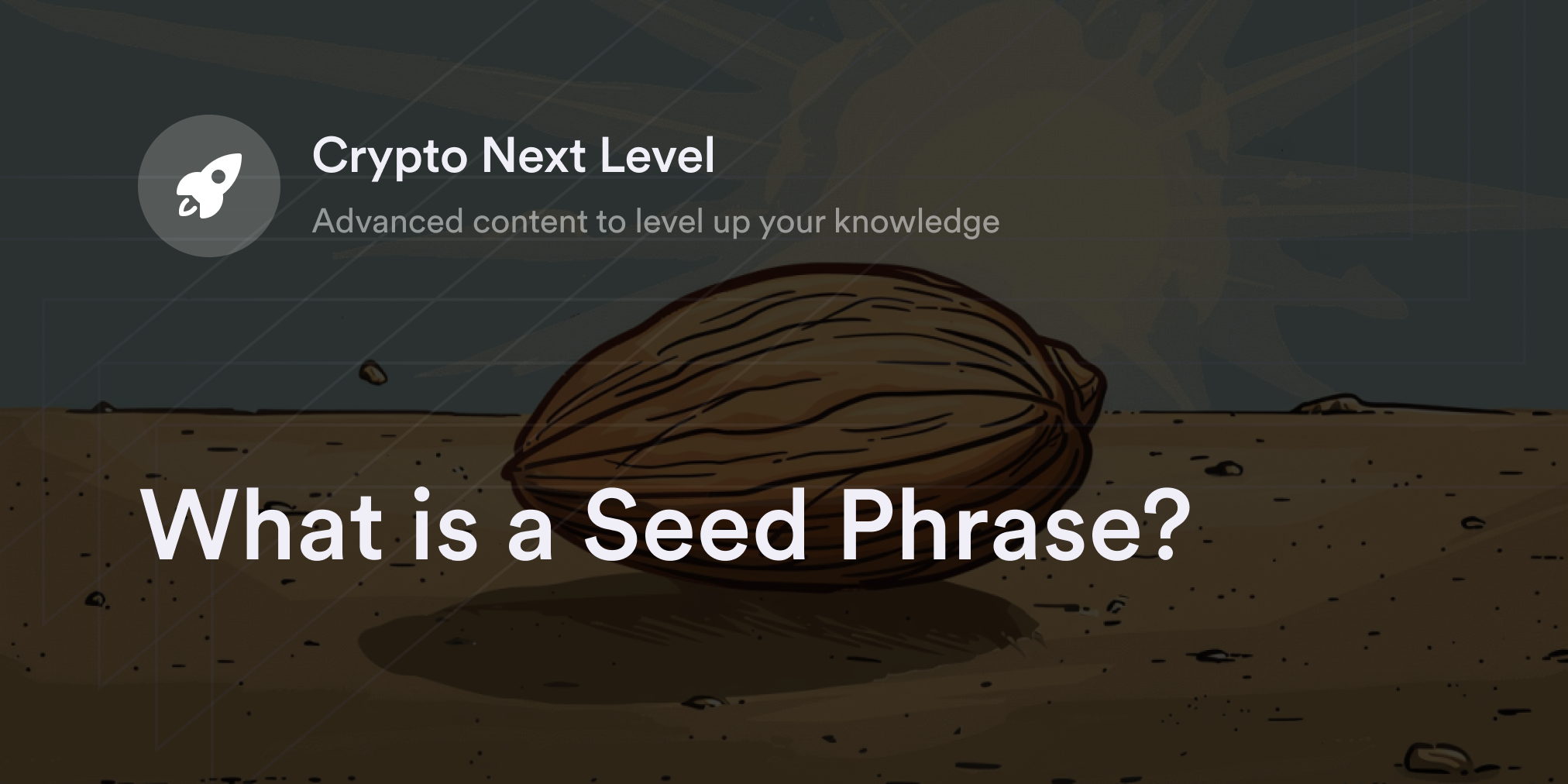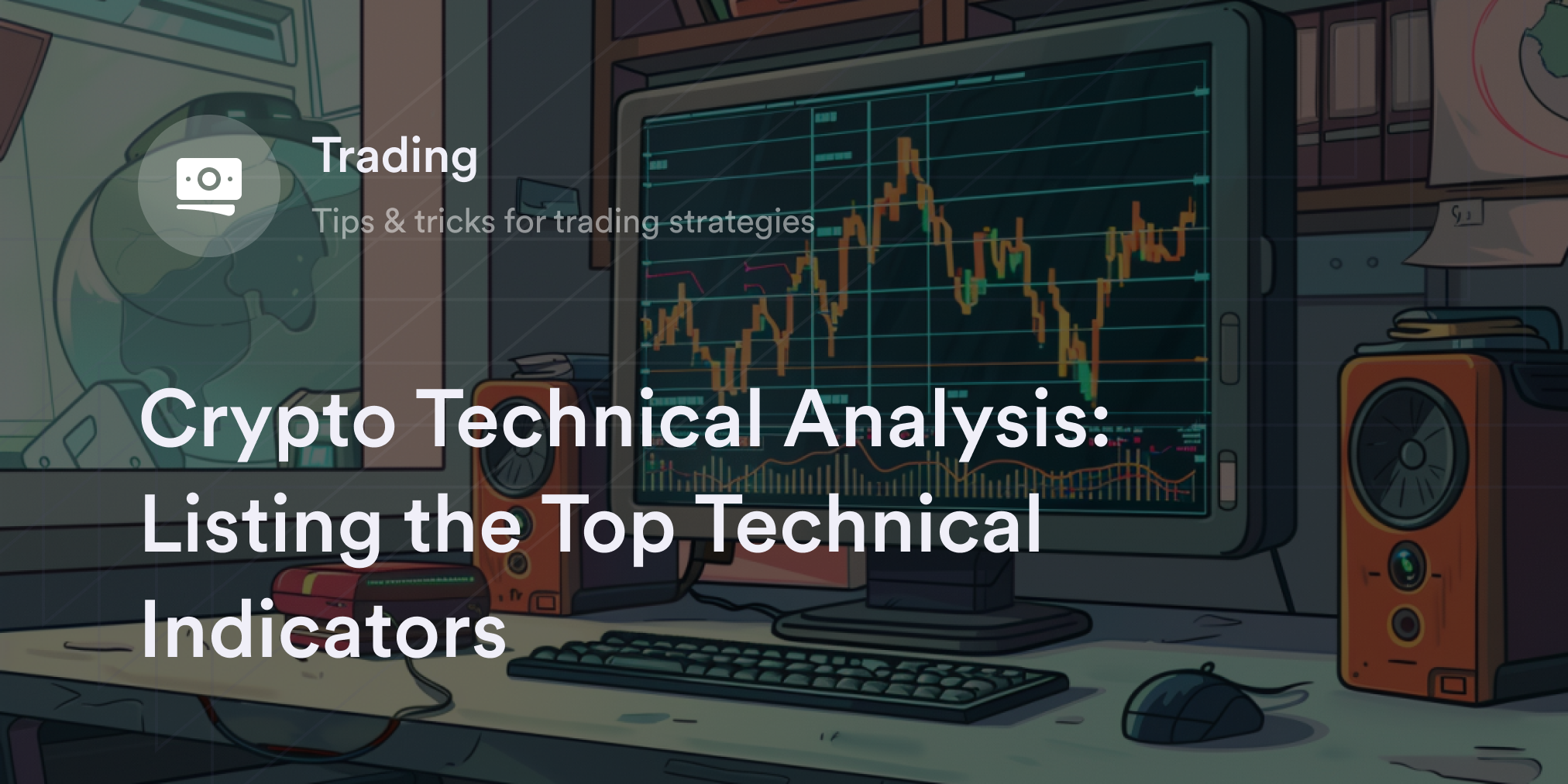


Originally, mining only had one meaning in cryptocurrency: Using computer power to solve computations on proof-of-work (PoW) blockchains and minting new cryptocurrencies. While PoW mining remains the cornerstone for cryptocurrencies like Bitcoin (BTC), there's another way for crypto traders to mine crypto rewards directly into their digital wallets.
Enter liquidity mining, an increasingly significant aspect of decentralized finance (DeFi), helping drive billions of dollars in digital assets into decentralized applications (dApps). Crypto traders curious about passive income possibilities have no shortage of options nowadays to lock funds in liquidity mining protocols and watch as token rewards flow into their virtual pockets.
Let’s explore the ins and outs of liquidity mining, including how it works, how it differs from staking and yield farming, its benefits, and its drawbacks.
What is liquidity mining?
Liquidity mining is an incentives system on DeFi protocols that offers crypto traders rewards for depositing digital assets onto a dApp. Specifically, decentralized exchanges (DEXs)—which offer peer-to-peer (P2P) crypto trading services—use it to encourage more DeFi users to add crypto to their platforms. Since DEXs can't rely on centralized intermediaries to deposit funds to their sites, they rely on traders to add liquidity and fulfill the role of crypto market makers.
Anyone with cryptocurrency and a compatible crypto wallet can become a liquidity provider (or liquidity miner) by linking their wallet to a DEX, depositing crypto funds, and collecting rewards proportional to their share of the pool.
Typically, DEXs offer liquidity mining rewards as a percentage of the fees they charge users to swap crypto on their platforms and distribute rewards either as a platform-specific DeFi token or a liquidity provider (LP) token.
How does DeFi liquidity mining work?
DEXs with liquidity mining opportunities often use an algorithmic framework called an automated market maker (AMM) model to confirm P2P swaps without centralized authorities. In the AMM system, LPs lock crypto assets into programs called liquidity pools.
Think of liquidity pools as virtual vaults containing all the deposited digital assets from liquidity miners. They run on self-executing coded commands called smart contracts on their respective blockchains to ensure there's no risk of centralized counterparty interference.
Whenever DEX traders swap the crypto pair in a liquidity pool, they pay fees, which flow to participating LPs proportional to their contribution. For example, if a liquidity miner deposits 1% of the total amount in the Ethereum (ETH) and USD Coin (USDC) pool on the DEX Uniswap, they earn 1% of the total fees collected for every ETH/USDC swap.
Benefits and risks of DeFi mining
Liquidity mining sounds like a stress-free way to supercharge passive income streams, but it comes with a few catches. Anyone thinking about locking digital assets into liquidity pools must carefully consider this technique's security risks versus its expected earnings potential.
DeFi liquidity mining pros
Legit and self-custodial passive income strategy: Liquidity mining provides traders a straightforward way to earn money on their digital assets. Plus, since liquidity mining takes place in the DeFi ecosystem, LPs don't have to entrust their tokens to a centralized entity and deal with counterparty risk.
Global accessibility to market maker fees: Traders don't need special accreditations or high capital requirements to participate in market making and earn fees from crypto trading activity. Eligible traders with crypto and a digital wallet have all the tools they need to start earning funds.
Potential for bonus token rewards: On top of the percentage of a DEX's trading fees, LPs sometimes receive extra rewards from their chosen protocol as a "thank you" for their service and loyalty. For example, some DEXs airdrop their liquidity miners DeFi tokens, non-fungible tokens (NFTs), or governance tokens.
DeFi ecosystem support: Without deposited funds in DeFi liquidity pools, there wouldn't be a way to exchange crypto assets without trusting third-party intermediaries. Liquidity mining is a powerful incentive system to support the decentralized economy and attract funds to DEX protocols.
DeFi liquidity mining cons
Potential for diminished returns: When crypto prices fluctuate, so does the composition of cryptocurrencies in a liquidity pool. Sometimes, these price changes alter the value of an LP’s share of the pool so much that they gain less than if they had kept their digital assets tucked away in a crypto wallet (aka impermanent loss).
Smart contract vulnerabilities: Despite the many advancements in smart contract technology, these programs aren't immune to bugs and code vulnerabilities. If hackers spot a weak point in a smart contract's code—or if a glitch mistakenly rewrites a transaction—there's a potential for significant crypto losses and no recourse to centralized insurance plans.
Crypto scam risk: Some DeFi projects look squeaky clean on the outside, but malicious actors use liquidity mining behind the scenes to bait users into a crypto scam. To avoid common traps like rug pulls and pump-and-dump schemes, crypto traders must look for signs of transparency and trustworthiness, such as details on a dApp's leadership and third-party smart contract audits.
High slippage in illiquid markets: If the crypto pair in a liquidity pool doesn't have many participants or high trading volume, there's likely a wide gap between the quoted and actual price for a swap (aka slippage). Illiquid DEXs and liquidity pools lead to more unpredictable price fluctuations for LPs, which may impact the reliability of token rewards and the protocol's efficiency.
How does DeFi mining differ from crypto staking?
Cryptocurrency staking is another popular passive income strategy in Web3, where traders lock funds in smart contract vaults and earn rewards in their wallets. However, participants can’t interact with DeFi dApps and let other traders use their funds for P2P swaps. Instead, stakers earn rewards by contributing to a proof-of-stake (PoS) consensus algorithm.
In the PoS system, computers (or nodes) on the blockchain lock cryptocurrency on-chain to secure the decentralized network and verify transactions on the distributed payment ledger. Whenever the PoS blockchain chooses a node to validate transactions, the staker receives the blockchain's native cryptocurrency as a reward. Validator nodes have the greatest responsibilities on PoS chains and typically need a high minimum deposit, solid technical expertise, and significant hardware equipment. However, many crypto traders delegate their crypto to a validator node through a crypto wallet, a DeFi staking pool protocol, or a centralized staking as a service provider.
In essence, although stakers and LPs earn passive crypto rewards for depositing their digital assets, the former supports a PoS blockchain's infrastructure, while the latter adds features to the DeFi ecosystem.
Is liquidity mining the same as yield farming?
Liquidity mining and yield farming refer to DeFi passive income strategies, but the latter encompasses a broader range of opportunities in Web3. In other words, liquidity mining is a form of yield farming, but many other strategies fit under the yield farming umbrella.
For example, yield farmers also participate in DeFi lending and borrowing services to collect interest on crypto loans or experiment with liquid staking providers like Lido Finance to earn rewards from PoS consensus algorithms.
As the name suggests, yield farmers are on the hunt for the highest reward opportunities across DeFi, often using metrics like annual percentage yield (APY) or annual percentage rate (APR) and proprietary algorithms to spot the optimal rewards. Although yield farmers often use liquidity mining as a part of their strategy, it's only one part of their DeFi farming equipment.
Make the most of DeFi with dYdX Academy
Liquidity mining is a hot tactic to earn token rewards in DeFi, but it’s not the only way traders earn funds on crypto assets. For in-depth details on passive income strategies like yield farming and staking, browse dYdX Academy's dozens of DeFi guides. dYdX also offers eligible traders a safe and user-friendly decentralized platform to add crypto perpetuals to their portfolios. To learn more about how dYdX works and the latest feature upgrades, head to our official dYdX blog, and eligible traders can start trading on dYdX today.
Disclosures
The content of this article (the “Article”) is provided for general informational purposes only. Reference to any specific strategy, technique, product, service, or entity does not constitute an endorsement or recommendation by dYdX Trading Inc., or any affiliate, agent, or representative thereof (“dYdX”). Use of strategies, techniques, products or services referenced in this Article may involve material risks, including the risk of financial losses arising from the volatility, operational loss, or nonconsensual liquidation of digital assets. The content of this Article does not constitute, and should not be considered, construed, or relied upon as, financial advice, legal advice, tax advice, investment advice, or advice of any other nature; and the content of this Article is not an offer, solicitation or call to action to make any investment, or purchase any crypto asset, of any kind. dYdX makes no representation, assurance or guarantee as to the accuracy, completeness, timeliness, suitability, or validity of any information in this Article or any third-party website that may be linked to it. You are solely responsible for conducting independent research, performing due diligence, and/or seeking advice from a professional advisor prior to taking any financial, tax, legal, or investment action.
You may only use the dYdX Services in compliance with the dYdX Terms of Use available here, including the geographic restrictions therein.
Any applicable sponsorship in connection with this Article will be disclosed, and any reference to a sponsor in this Article is for disclosure purposes, or informational in nature, and in any event is not a call to action to make an investment, acquire a service or product, or purchase crypto assets. This Article does not offer the purchase or sale of any financial instruments or related services.
By accessing this Article and taking any action in connection with the information contained in this Article, you agree that dYdX is not responsible, directly or indirectly, for any errors, omissions, or delays related to this Article, or any damage, injury, or loss incurred in connection with use of or reliance on the content of this Article, including any specific strategy, technique, product, service, or entity that may be referenced in the Article
